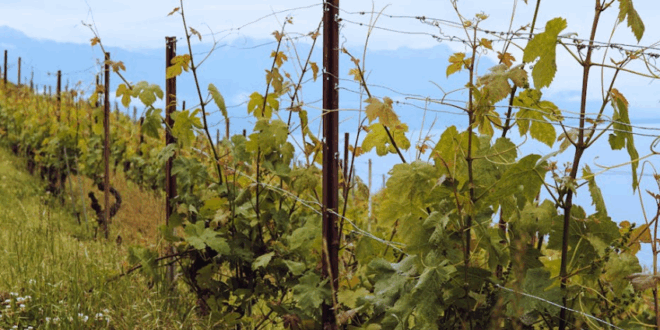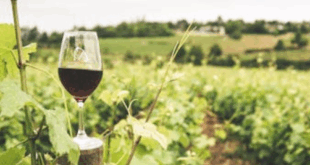In the pantheon of wine history, few events have been as catastrophic—or as transformative—as the phylloxera epidemic of the 19th century. This tiny, aphid-like insect devastated vineyards across Europe, caused economic and cultural upheaval, and reshaped the very foundation of global winemaking.
Here’s the story of how a microscopic pest nearly wiped out the world’s most celebrated wines—and how the industry survived and evolved in its wake.
What Is Phylloxera?
Phylloxera (Daktulosphaira vitifoliae) is a root-feeding insect native to North America. It feeds on grapevine roots by injecting a venom that causes galls, leading to rot, disease, and ultimately, the death of the vine. American grape species evolved natural resistance to the pest, but European vines (Vitis vinifera) had no such defenses.
The Invasion Begins: 1860s
The phylloxera epidemic began shortly after European botanists and viticulturists started importing American vine species in the mid-19th century. The intention was to experiment with hybridization and rootstocks. Unfortunately, along with these vines came an unintended stowaway: phylloxera.
By the 1860s, the first signs of infestation were observed in southern France. What began as isolated cases soon spread rapidly, with no known cure and little understanding of what was happening. Entire vineyards began to wither and die seemingly overnight.
A Continental Catastrophe
Over the following decades, phylloxera swept across France, Spain, Italy, Portugal, Germany, and beyond. By the turn of the century, the impact was staggering:
- Over 6 million hectares of European vineyards were destroyed.
- France alone lost about two-thirds of its vines.
- Wine production plummeted, and entire regions—dependent on viticulture—suffered economically and socially.
Desperate solutions were tried:
- Flooding vineyards (effective but impractical).
- Planting in sandy soils (which phylloxera couldn’t penetrate).
- Using chemical insecticides (expensive and largely ineffective at the time).
The Solution: American Roots, European Vines
Eventually, scientists identified the cause and stumbled upon a solution that would forever change winemaking: grafting.
By grafting European Vitis vinifera vines onto phylloxera-resistant American rootstocks, growers could maintain their traditional grape varieties while protecting them from the pest. The idea was controversial at first—many feared American roots would affect wine quality—but it ultimately proved to be the most effective and lasting fix.
Today, over 85% of the world’s wine grapes are grown on grafted vines, a practice that remains the global standard.
Regions That Escaped the Plague
A few wine regions were spared, thanks to geographical isolation or specific soil types:
- Chile, protected by the Andes, the Atacama Desert, and strict agricultural controls, remained untouched.
- Parts of Argentina and Australia also avoided the infestation.
- Sandy soils, like those in parts of Spain (e.g., Toro and Rueda), proved inhospitable to phylloxera.
These areas now boast some of the oldest ungrafted vines in the world.
Lasting Impact on the Wine World
The phylloxera crisis reshaped the global wine industry in profound ways:
- Scientific advancements: The epidemic gave rise to more rigorous research in viticulture and pest control, laying the groundwork for modern enology.
- Rootstock development: New, specialized rootstocks were bred for different soils and climates, enhancing both disease resistance and quality.
- Shifts in vineyard geography: Entire regions were replanted, often with different grape varieties more suited to the new rootstocks or commercial demand.
- Cultural revival: Many wine regions used the replanting opportunity to rethink quality, leading to better wines in the long term.
Modern-Day Phylloxera: Still a Threat
While the crisis of the 19th century has passed, phylloxera has never truly disappeared. It still exists in vineyards worldwide and remains a threat where grafting is neglected or banned (as in some parts of Europe with historic ungrafted vines).
Today’s viticulturists remain vigilant, using quarantine, monitoring, and resistant rootstocks to manage the pest.
A Pest That Shaped an Industry
The phylloxera epidemic was one of the darkest chapters in wine history—but also one of the most defining. It forced the wine world to innovate, collaborate, and evolve. In doing so, it helped bring about the scientific, resilient, and globally connected wine industry we know today.
The next time you raise a glass of wine, remember: it likely owes its existence not just to the winemaker’s skill or the vineyard’s terroir, but to a small piece of American rootstock holding strong beneath the soil.
 Vino-Club For Wine Lovers
Vino-Club For Wine Lovers






